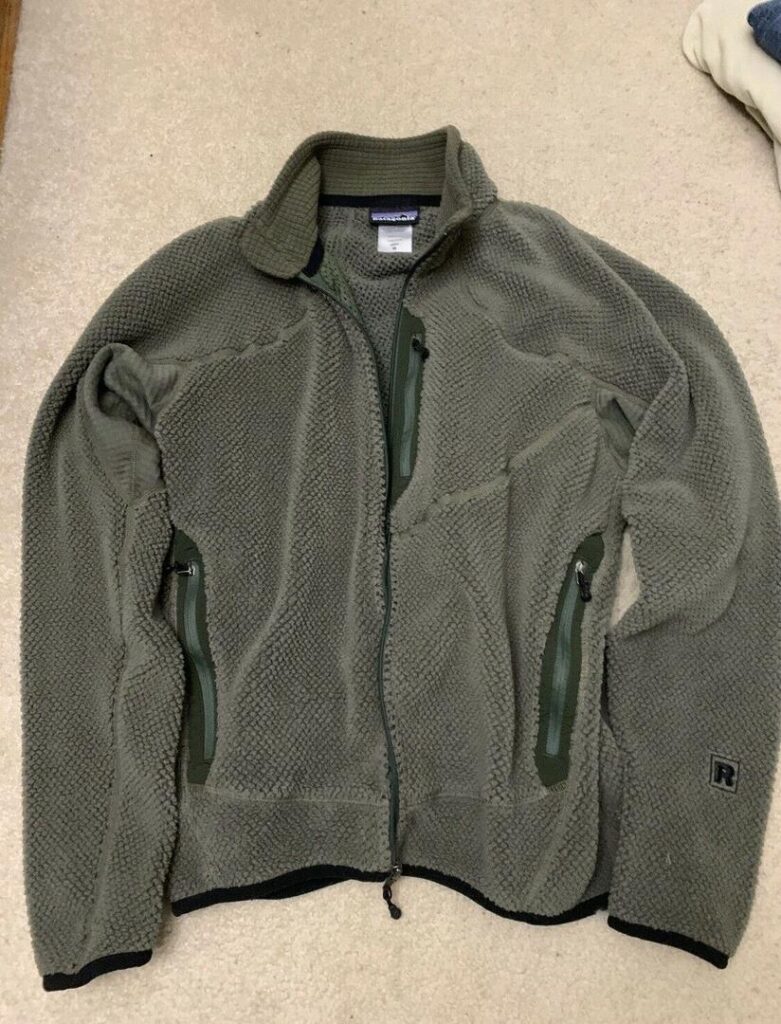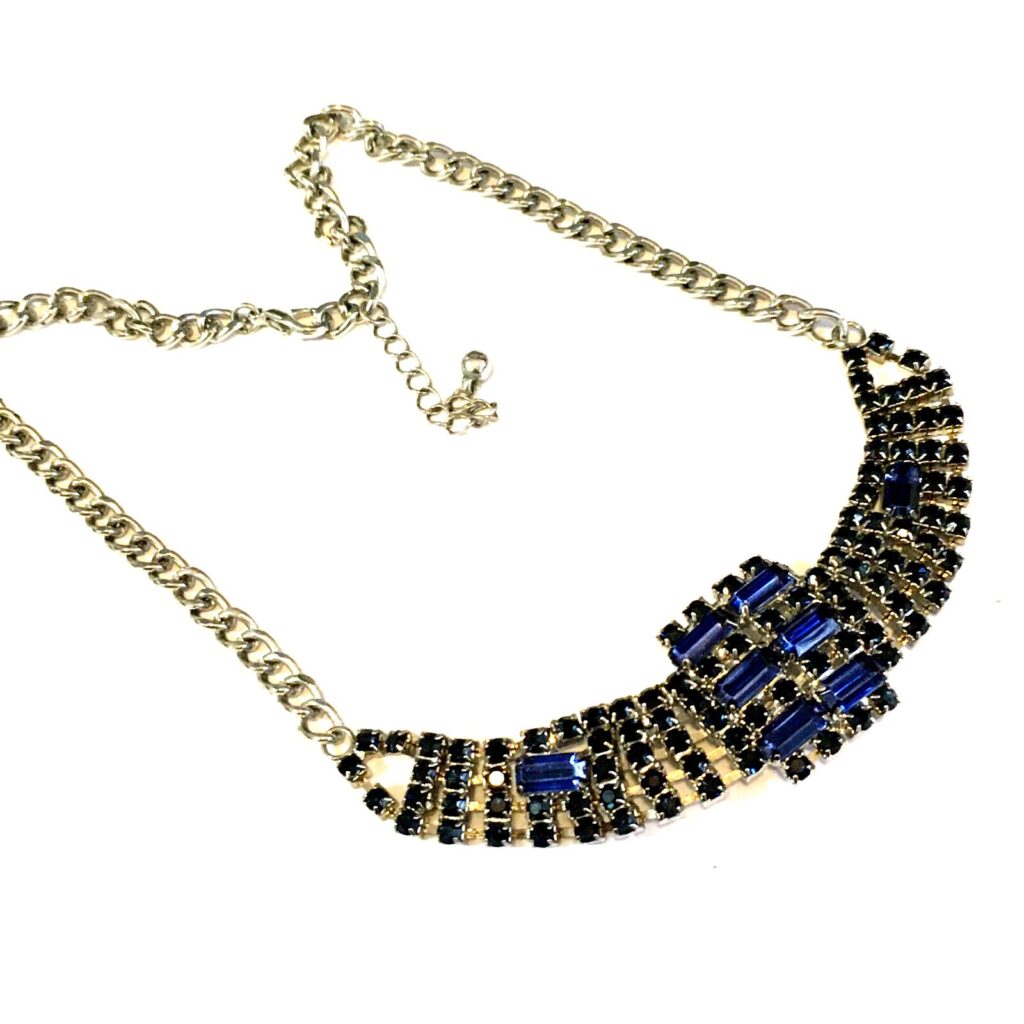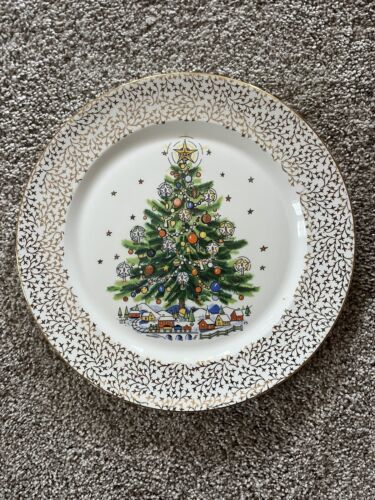#Giving #Gift #Holiday #Thrift #WorthPoint
This holiday, would you consider giving your loved one a coat you bought from a thrift store? Would you put used games under the Christmas tree? If so, go ahead—wrap that vintage dishware set in beautiful holiday paper and top it with a scrap fabric bow. You’re among a growing number of consumers who accept and even encourage thrifted gifts.
Proudly Thrifting in a Scary Economy
Although the economic gurus insist the economy is relatively healthy, inflation has left many of us on edge when it comes to spending money. How many of us know too well the feeling of enjoying a pay bonus right before the furnace dies or the car transmission blows? And I can’t even think about the “Great Recession” of 2008.
As for the holiday 2023 shopping forecast, a Medallia survey states that shoppers plan to spend about as much as they did in 2022 but will purchase fewer gifts this year. Additionally, about 60 percent of shoppers said rising inflation has made Christmas gift budgeting more difficult.
Vox writer Emily Stewart summed up the overall mood this way in a September 2023 column: “Plenty of people have been nervous about the economy for what feels like forever,” she writes, “to the point that it might just be time to accept that at least some level of economic anxiety is a permanent state of being.”
It’s OK To Holiday Thrift
So, how do we navigate this holiday season where just a trip to the grocery store causes added financial angst while retailers entice us with their shiny new goods?
We follow in the footsteps of a younger generation of millennial and Gen X shoppers, who, faced with a topsy-turvy financial landscape and a rapidly warming planet, are taking matters into their own hands—and pocketbooks. They’re a savvy bunch, lifting tips from the Great Depression playbook of the 1920s and ’30s, like reducing consumption, cooking from scratch, reusing, and thrifting—all while confidently putting the stigma of giving a thrifted or used holiday gift to rest likely once and for all. They have solidly claimed thrifting as a rebellion against unfettered consumerism in a post-pandemic era where climate change is a considerable worry.
Ashley Cook (they/them), co-owner of Casablanca Vintage in Cincinnati, Ohio, said they have noticed a significant increase in holiday gift shoppers over the last several years.
Cook added that while their overall clientele base is primarily college students and teens who shop their selections of vintage and antique clothing and accessories, they have seen an increase in older shoppers and even families browsing for gifts.
“I think the pandemic has influenced people’s buying decisions in the sense that they are becoming more conscious of where they’re spending their money and the overall impact of their purchases,” Cook said. “People want to decrease the amount of waste production as a result of the fashion industry, so they are buying secondhand clothing for themselves, and therefore shopping secondhand for gifts as well.”

Thrifting Is Part of Our History
The “make do or do without” mindset has been woven tightly into the fabric of American history for centuries. But, according to Jennifer Le Zotte, author of From Goodwill to Grunge: A History of Secondhand Styles and Alternative Economies, only since the early 19th century has the thrift store shown up amid the brick-and-mortar retail scene. She said in a 2018 interview that thrift stores grew along with a rapidly emerging industrial base as cities filled with immigrants. Manufacturers mass-produced clothing and goods at that time, allowing buyers to view them as disposable.
Trashing the Negative Thrift Stigma
Thrifting possessed a negative stigma, Le Zotte said. “Not only were the items themselves a sign of a lack of money but there was also bias against the people selling them.”
However, local religious groups discovered thrifting was a money maker and turned the tide against public naysaying, Le Zotte added. Thrift shop owners affiliated their operations with non-profits like The Salvation Army or Goodwill and earned a badge of legitimacy.
By the 1920s, LeZotte said, “junk shops” were instead called “thrift shops,” thus encouraging mainly female, middle-class consumers to “feel virtuous about buying something new because they can give something back.”
Post-World War II consumers in the 1950s donated household items and clothing in droves in favor of newer and more colorful items made from synthetic materials, Le Zotte said. Meanwhile, wealthier consumers frequented thrift shops to discover “vintage” items. She noted that garage and yard sales became popular fundraisers, and by the early 1970s, thrifting synced seamlessly with the emerging environmental and sustainability movements.
Today, our insatiable desire for new stuff is still devouring the earth’s resources more than it can renew them, which increases pollution and global warming.
Some social media influencers insist on buying nothing, like Wes, a TikTok creator of @HonestPersonalFinance. Wes shouts out money tips and advice like a parent to a child, doling out cold, hard money management truths. “Stop going broke buying Christmas gifts for your kids!” he cries. “The joy of Christmas morning does not have to cost you a fortune! Do not let advertising convince you it does! The choice is yours. Choose wisely!”
While influencers often rail against buying anything, I still like shopping, but with a hefty dose of self-control. I remember those years I tried in vain to stay within my budget only to be sucked into the smells and sounds of Christmas and emerge from a mall shopping stupor with a wad of receipts and anxious heart palpitations.
Not this time. Instead of going cold turkey and buying nothing, I’ve settled on a comfortable mix of both.

Mix Thrift with New Stuff
Enriching a new gift by creatively combining it with a thrifted item is not that difficult, especially armed with ideas from Pinterest or bloggers like Sadie Seasongoods, who shows you how to create beautiful gifts and décor by combining old and new, whether she’s weaving colorful ribbons through thrifted wire baskets or crafting a boho Christmas tree from a bamboo wine rack. Her creativity proves that it’s OK to tuck some new tchotchkes into a thrifted gift bag or basket or combine a new pair of earrings with a thrifted jewelry box. Compromise is everywhere when you look for it and adds a personal touch to an otherwise generic gift.
Focus On Holiday Spirit
In these uncertain times, younger buyers prove we can rally against consumerist marketing by focusing on gifts that exhibit intention and love, not just the fact that you spent money.
Cook agreed. “I think people see their gifts as being far more personal and unique,” they said, “by picking something that is likely one of a kind and from a thoughtful place in their heart.”
Between excursions to hunt for antiques and vintage décor, Lynda Houston is busy restoring her 1950s cottage in Cincinnati, Ohio. She and her partner Dave Beck operate TheRustInPeaceShop on Etsy.
WorthPoint—Discover. Value. Preserve.




